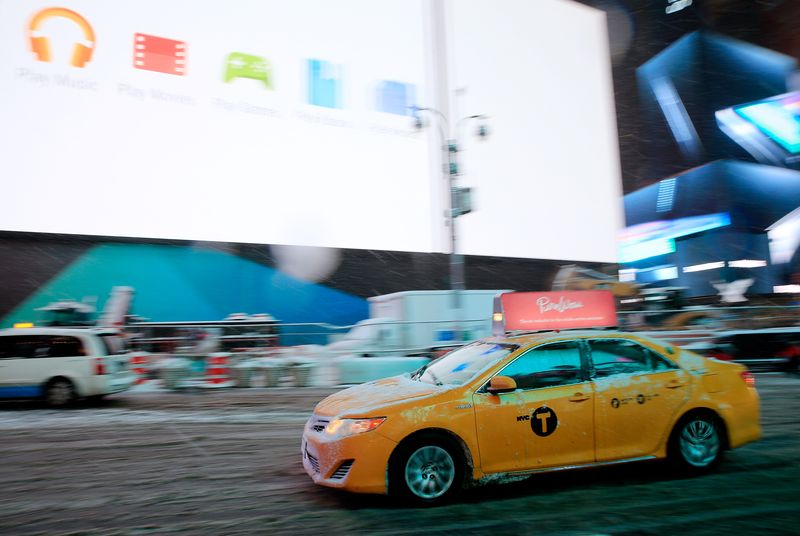Service Uber led to the ruin of the largest player in the New York taxi business

As previously reported , the Uber service has a significant impact on the business of traditional taxi companies. This is especially true for New York, where only a person or a company with a special license - a medallion - can work as a taxi driver. At the beginning of the century, the cost of a medallion was just over $ 10, but by 2013 the cost of a license (it can be sold, bought and leased) was already about one million US dollars.
They began to invest huge amounts of money in medallions, but this kind of investment made it possible to quickly make a significant profit. At the same time, the profit was extracted not only by resale of the medallion, but also by renting the medallion (to a company or an individual). The largest player in this market was Evgeny Friedman, who built a whole “medallion empire”. At one time, Friedman was a very rich man. But now this man and his company owe creditors tens of millions of dollars .
One of the lenders, Citibank, has now brought Friedman to court, planning to recover a debt of 31.5 million US dollars. This will have to withdraw and sell about 90 medallions belonging to the businessman.
')
Each year, Friedman raised the cost of renting a license for a driver, and in 2013 he was even fined a million dollars for a too high rental price. Now, with the advent of Uber, Lyft and other similar services, drivers of yellow cars are no longer willing to pay such a high price, preferring to work independently.
It is worth noting that now the taxi call services are starting to compete with each other. For example, the company Lyft , a competitor of Uber, has attracted $ 503 million investment for more effective competition with the "big brother". Now Uber is estimated at $ 40 billion, and Lyft at $ 2.5 billion. It is unlikely that Lyft will soon be able to compete with Uber (which has 55 countries where the service operates), but in the home market (in the US), with additional investment is quite real. Now Lyft works in 65 American cities.
Source: https://habr.com/ru/post/286758/
All Articles